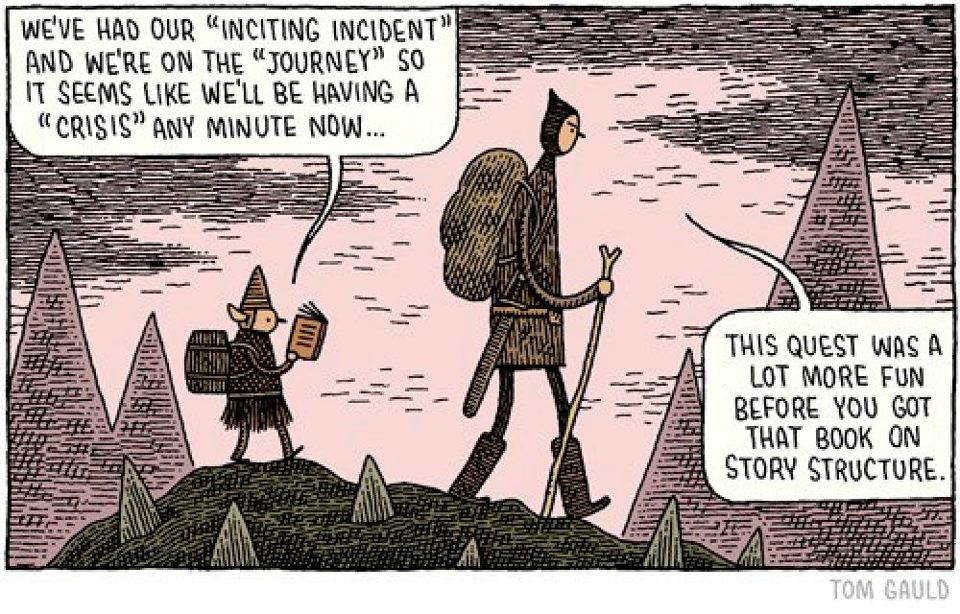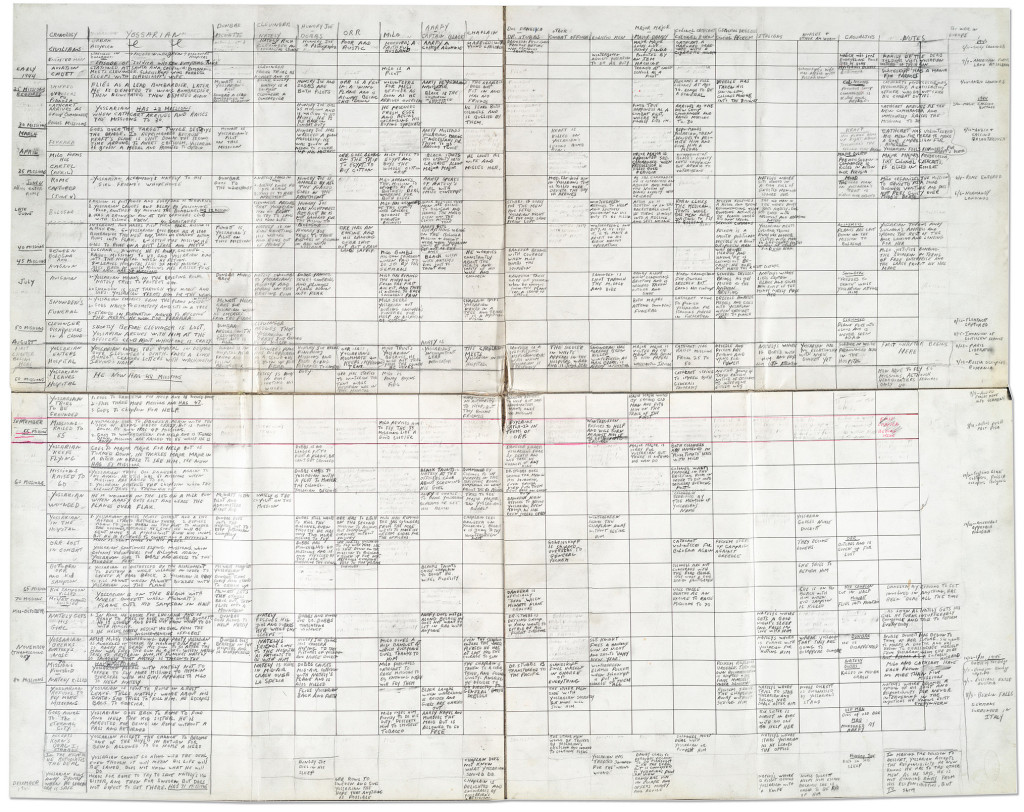A couple of weeks ago my husband and I got a new king-sized mattress and box springs. FREE. The one we purchased from Macy’s three years ago was sagging, so they made good on their ten-year warranty and replaced it. So far we like the new one, and our backs feel better already.
I wish it were that simple with sagging novel plots. Or maybe it is. The agent who is interested in my novel just hooked me up with an editor to help me with the novel’s problems—especially the sagging middle. I’m anxious to get started, and I’m grateful for the help. It’s not that I didn’t do my best when I wrote the book. I started with a chapter outline. I used a story board to help with structure. I revised many times. Several chapters were critiqued at workshops (which doesn’t help the overall structure) and I even hired a freelance editor last spring, who tried to help me repair the sagging middle (and other parts) but evidently it needs more support.
While I’m waiting to hear from this new editor, I’m doing a bit of reading on the subject. If you have similar problems with your writing, you might check out these articles:
“The Middle of the Book” by Pam Cable, author of Televenge and Southern Fried Women. I met Pam at the Southern Festival of Books in Nashville last October, friended her on Facebook and now I check out her blog from time to time. This piece from yesterday was just what I needed to hear:
The middle should set up the ending without giving it away. But it’s often the most overlooked. It is also where readers find giant pauses. A place they can stuff in their bookmark and put down the book. The question is, are they anxious to get back to it or do they hesitate to pick it back up again?
I can see those giant pauses, and I hope I can fix them! Another source I found helpful this week was this piece by Glen Strathy at “How to Write a Book Now.”
In “Sagging Middle Syndrome: How To Rescue Your Novel From its Fatal Effect,” Strathy says:
Sagging middles especially result when there is no increase in tension as the plot progresses. In the move towards the climax, your characters should face increasingly bigger obstacles and challenges. Things should get more complicated – never less. Characters should have more at stake as events unfold. The emotions should run higher and deeper.
Why is it so easy to detect a sagging middle in someone else’s novel (or in a defective mattress) and so damn hard to see it—and fix it—in your own work? Strathy says part of the problem is that many writers don’t start with a plan:
At the bare minimum, you should decide on the inciting incident, the complication, the climax, and the resolution, before you start writing.
Too late for that now (although I am paying attention as I work on my next novel, which only has two chapters so far). But reading about structure is helping me prepare for the work that lies ahead once I hear back from the editor. It’s also helpful to know that I’m not alone in my struggle with structure. Check out these hand-written outlines by successful authors:
“Famous Authors’ Handwritten Outlines for Great Works of Literature.”
I was especially blown away by the complexity of J. K. Rowling’s spread sheet for Harry Potter and the Order of the Phoenix. (See illustration.)
So, I’m definitely sleeping better on the new mattress (some things can’t be fixed and require replacement) and I hope that readers of my novel will experience anything but a good night’s sleep while turning the pages… especially in the middle!


Fantastic, Susan! All writers, I believe, suffer from middle-book syndrome. Being aware of it is half the battle. (Love the JK spreadsheet. It’s the art of the work, for sure.)
Thanks, Susan. A keeper. Love the outlines!
Thanks, Richard. I’m learning a lot from your posts over at Narrative.
Really cool outlines Susan but I believe the one you included is Heller’s Catch-22, not Rowling’s.
Now off to exercise – gotta combat my own sagging middle. 🙂
OH, wow, you are right, Bill… I think I downloaded the wrong image… but the point remains about the value of outlining. And of exercise for sagging middles:-)